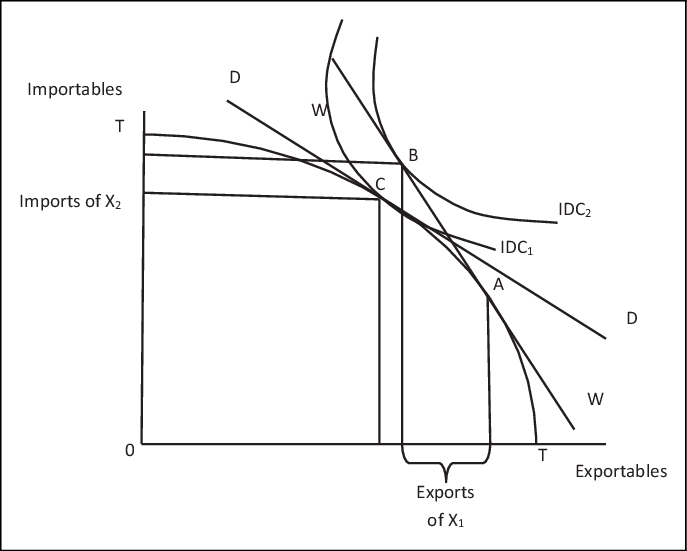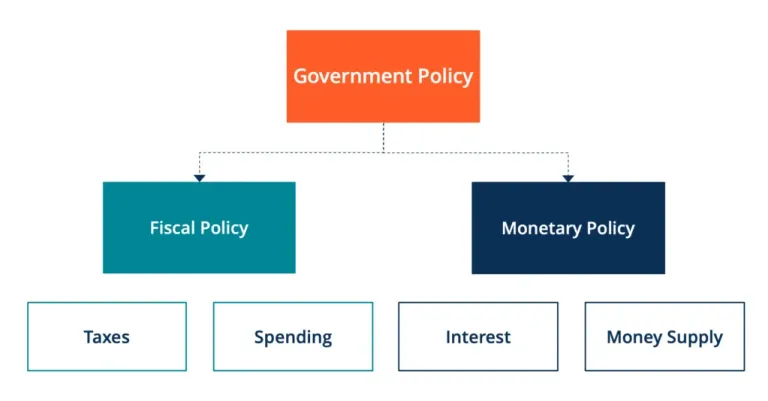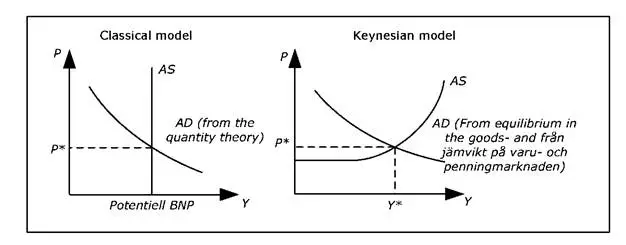divinetutors13@gmail.com
divinetutors13@gmail.com
The Intermediate Macroeconomics-II will enable students to combine their knowledge of the workings of the macroeconomy with long-run economic phenomena like economic growth, technological progress, R&D, and innovation. It will also enable students to understand business cycles and the concomitant role of policies.

Course Modules:
Harrod-Domar model; Solow model; Romer model of economics of ideas, engines of growth, modern theories of endogenous growth.
Short-run open economy models; Mundell-Fleming model; exchange rate determination; purchasing power parity; asset market approach; Dornbusch’s overshooting model; monetary approach to balance of payments; international financial markets.


Active or passive; monetary policy objectives and targets; rules versus discretion: time consistency; the government budget constraint; government debt and Ricardian equivalence.
Phelps and Friedman’s fooling model; Lucas model and Policy Ineffectiveness Proposition; Real Business Cycle Model; New Keynesian model with real and nominal rigidities; sticky marginal costs.

NOTE: The above modules give a rough idea about the topics covered in our Intermediate Macroeconomics-II course. Students will be given modules as per their respective University’s outline after prior discussion. dseonline